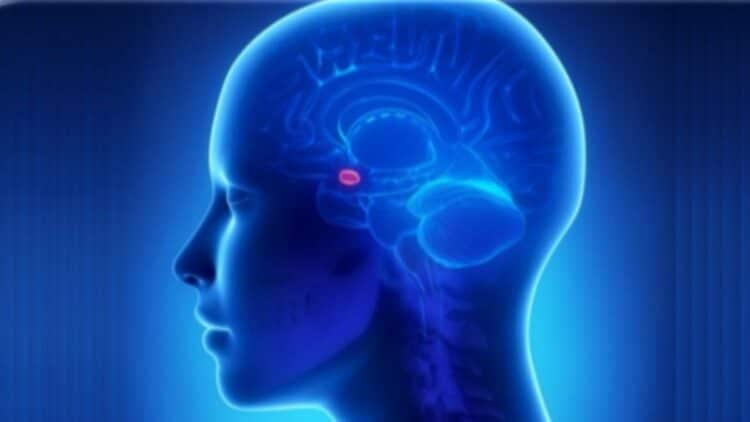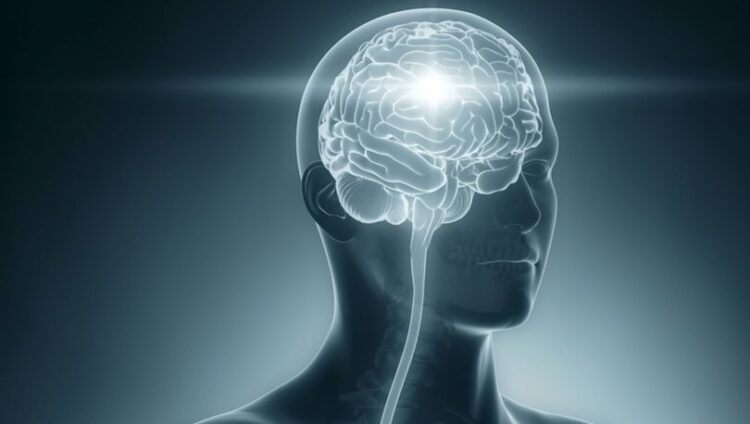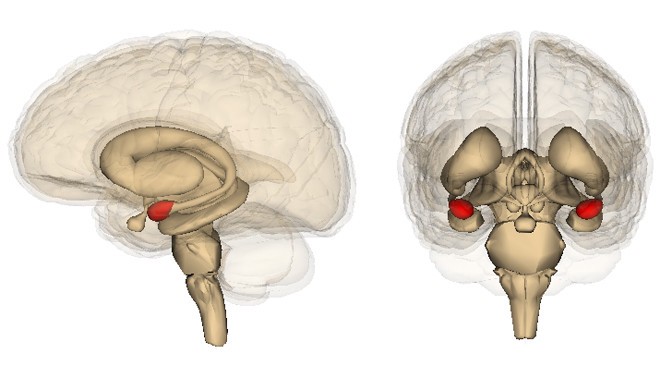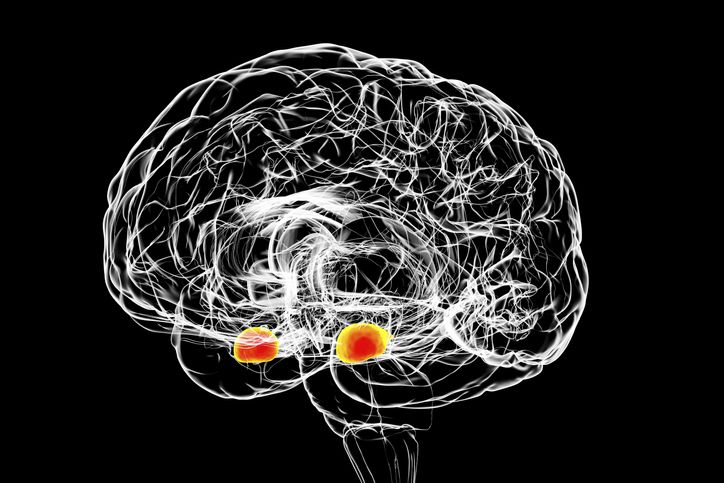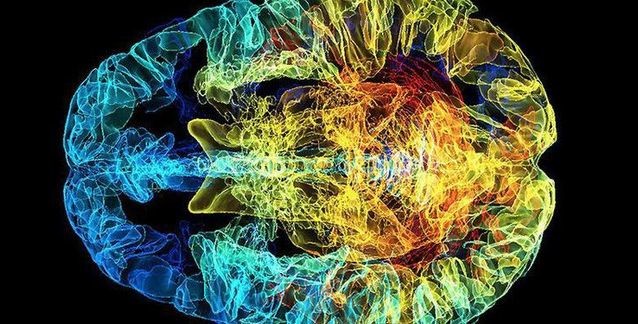The amygdala is an almond-like structure located in the temporal lobe of our brain. The amygdala, which we can call the center of our emotions, is also responsible for our human relations. This part of the brain that first comes to mind when we think of fear is a protector that allows us to escape from danger. It governs many emotional processes and is vital by controlling our feelings of hunger and fullness. The amygdala is a mechanism that stores the memory of our emotions.
What is the function of the amygdala?
The amygdala, which engraves our emotions into our memory, is a kind of reaction tool. Thanks to the amygdala, we can easily learn the events that we are interested in. Depending on the intensity of the emotions, memory formation is strengthened simultaneously. It is often the site of fear, but it is not limited to that. It plays a big role in making choices, worrying, attacking. Feeling happy, surprised, and sexual urges are also life experiences managed by the amygdala. It sustains our survival instinct, enabling us to take cover against threats.
Is the Amygdala Related to Fear?
The amygdala transforms the situations and events that we fear into learned experiences. These fears sometimes lead to obsessions and sometimes to irrational anxieties. In these situations, where we impulsively run away to survive, the amygdala comes into play. It allows us to get away from similar scenarios by recording the frightening memories we have witnessed in the past. We may see young children touching a hot stove or a heat source. With the burning of his hand, he feels the pain and becomes acquainted with the danger of high temperature. When the amygdala records this painful experience, a memory of fear begins to form.
In events that cause great panic, it is inevitable that we flee or fight. With these reflexes, which are a physiological response, the amygdala gives the alarm for our survival.
Is the amygdala unique to humans?
The amygdala, which allows us to hold on to life, is also present in animals. We find that they are restless in situations that pose a risk to their lives. Feeling safe in situations they enjoy is also related to the amygdala. Animals conditioned to stimuli respond with the emotional memory of the amygdala, just as we do.
Do We Forget Our Experiences?
Most of us forget the good or bad things that happened to us in the past. Sometimes we remember vaguely with difficulty remembering. The faces, the sentences we heard and many memories are erased from our memory. So do we really forget?
Surprisingly, one thing we haven’t forgotten is how we felt in these experiences. The amygdala, which is our emotional memory, also comes into play when we encounter a clue from past events. How an essence we smelled years ago makes us feel shows that we have not forgotten the emotional dimension of the event. Beyond our material-dimensional memory, we can easily say that every emotion leaves its mark on us.
Can We Live Without the Amygdala?
The amygdala, which is a part of the limbic system, is the trigger of many motivations for life. We also need a certain level of anxiety in order to survive. For this reason, we stay away from events where we may be harmed. We defend ourselves against the danger we sense in order to feel safe. The amygdala, which also regulates sexual impulses, is closely related to the desire to reproduce. Besides our own emotions, it also plays a big role in empathizing.
In order to understand how others are feeling, we first connect with our own feelings. A life without the amygdala is unthinkable. If we do not have a healthy level of anxiety, we are open to all dangers. At the point where we cannot defend ourselves, we become helpless and lose our direction. Unless we are a mechanical robot, the necessity of the amygdala is indisputable.
What Causes Damage to the Amygdala?
It is observed that people suffering from the syndrome called Klüver-Bucy cannot control their hunger and eat more food. However, their responsiveness and fear reflexes are almost gone. This damage, which can also be seen after head trauma, leads to various disorders in the control of emotions. Neuroscientists also state that the amygdala, which is involved in the control of impulsive actions, can lead to aggressive and antisocial behaviors if damaged.
Is the amygdala different in men and women?
This region, which gives the first reaction to emotions, has the same function in all of us. It is known that the amygdala is larger in males, although it is not possible to differentiate exactly according to the sexes. It is also a matter of debate that this anatomical difference causes males to be more aggressive in stressful situations. Testosterone receptors have been found in the amygdala region of men. Although it is observed that men with high testosterone levels give impulsive and sudden reactions, it is not possible to blame the amygdala alone. While this is controversial, it is said that women remember emotional events better.
Is There a Connection Between Mental Disorders and the Amygdala?
The relationship between biological, psychological and environmental factors and mental health is an undeniable fact. Mental health, which is dependent on many factors, cannot be explained for a single reason. Brain activities are observed in psychological disorders, which also have a large share in various traumas. Many mental problems are tried to be diagnosed with methods such as EEG and MRI. An association has been found between mental distress and the amygdala in both humans and primates. Let’s take a look at some of these studies:
1) Increase in amygdala activity of people with social anxiety.
2) Lack of activity in the left part of the amygdala in people with bipolar disorder.
3) Abnormal increase in the left part of the amygdala in borderline personality disorder.
4) The size difference in the right and left parts of the amygdala in schizophrenia.
Although we cannot come to a definite conclusion, we have a chance to reinforce our knowledge with neurological findings. The data obtained by science is very promising in terms of meeting more systematic results as time goes on.
Do We Have a Chance to Control Our Amygdala?
It is not possible for us to give a definite answer to this in general. There are many techniques used, and the goal, of course, is to feel good. One of the methods used for years is meditation. We know that the amygdala is the center of fear. The purpose of meditation is to calm the mind. Breathing exercises are also used to reduce amygdala activity.
Calmly, breathing exercises using our diaphragm are also recommended by some neurologists. We need to be patient for the result we will get from these meditative and awareness exercises. When we start practicing regularly, we can succeed in training our minds. One of these attempts, which is a kind of personal suggestion, is amygdala tickling. This method, which means tickling the amygdala in Turkish, is also applied as follows:
1) The right thumb is placed on the right ear, and the left thumb is placed on the left ear.
2) The tips of the middle fingers are fixed on the corners of the eyes.
3) The tips of the index fingers are placed so that they coincide with the temples.
4) Imagine the right and left sides of the amygdala being gently stroked with a feather.
Do These Methods Work?
We have certainly seen the bad effects of stress on our body. Stomach ache when we worry, and urticaria during stressful times are just some of them. Mind and body, which we think are independent of each other, are in fact an inseparable whole. Mental problems that turn into bodily reflections can be healed with mental suggestions. We often hear about the importance of facing fears. The point here is that we become aware of our ability to cope. Some of these suggestion methods that work are as follows:
1) Psychotherapy
2) Meditation
2) Mindfulness
3) Yoga
4) Breathing exercises
Most of these applications have efforts to stay in the moment. Negative emotions such as longing for the past or sadness and anxiety about the future distract us from the moment. We need to stay in the present in order to move freely in the flow of life. The suggestion to live in the moment is a motto that reflects the truth, although it is a cliche. At the point where we become aware of every second by accepting our feelings, we can start to get rid of anxiety step by step. Not being afraid to get help is also the first stage of a new beginning. If we are ready for change, we can start with one of these ways to overcome our fears.
Wishing you days away from anxiety and stress…

